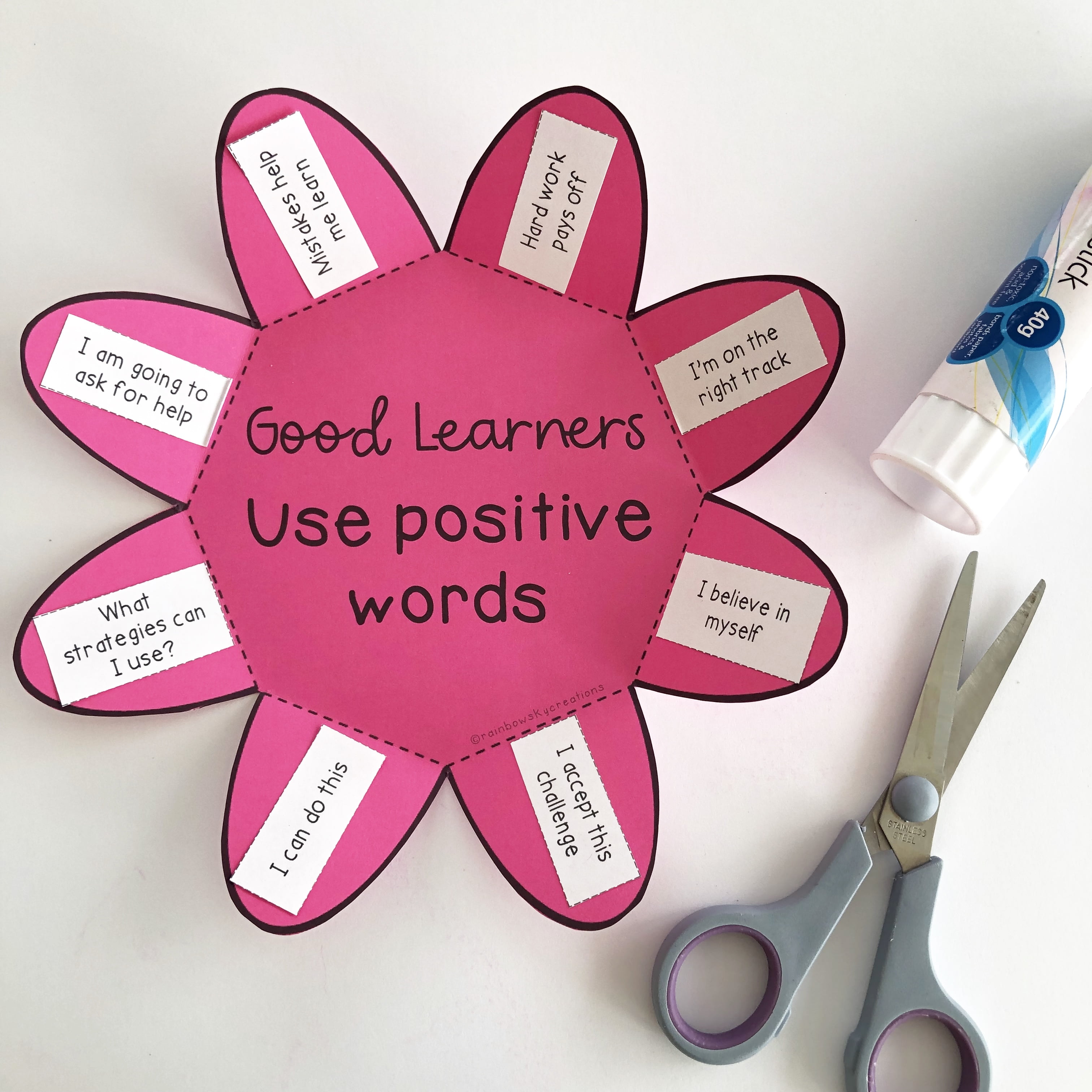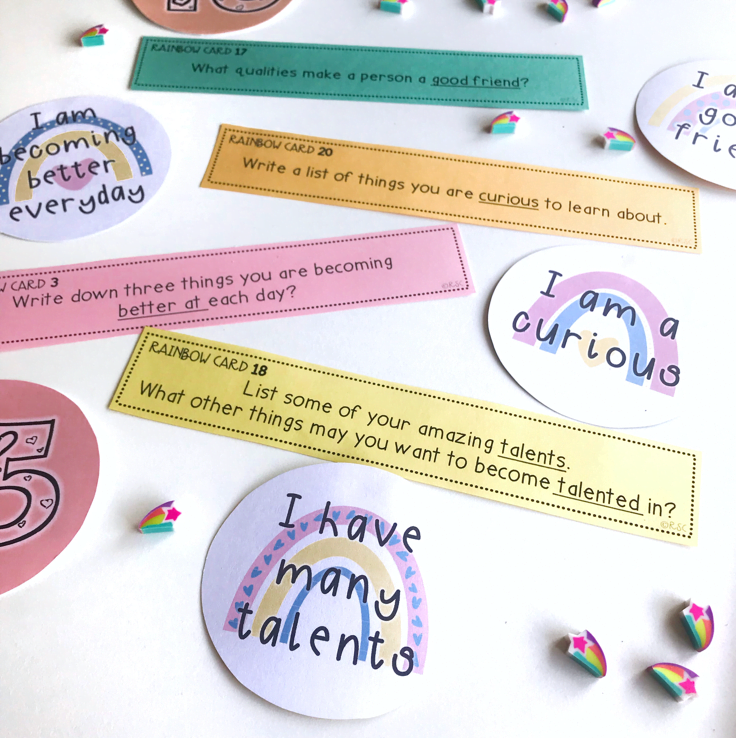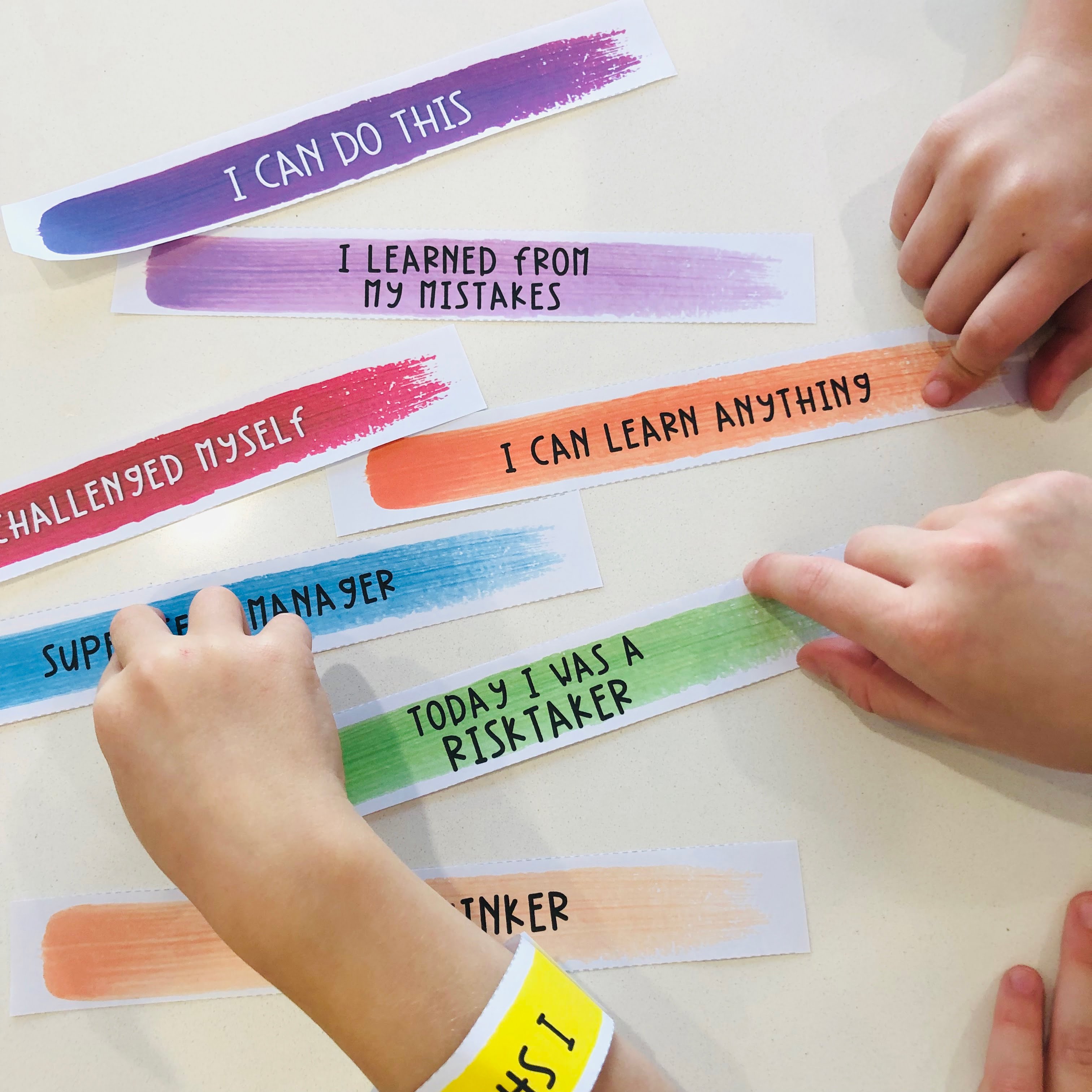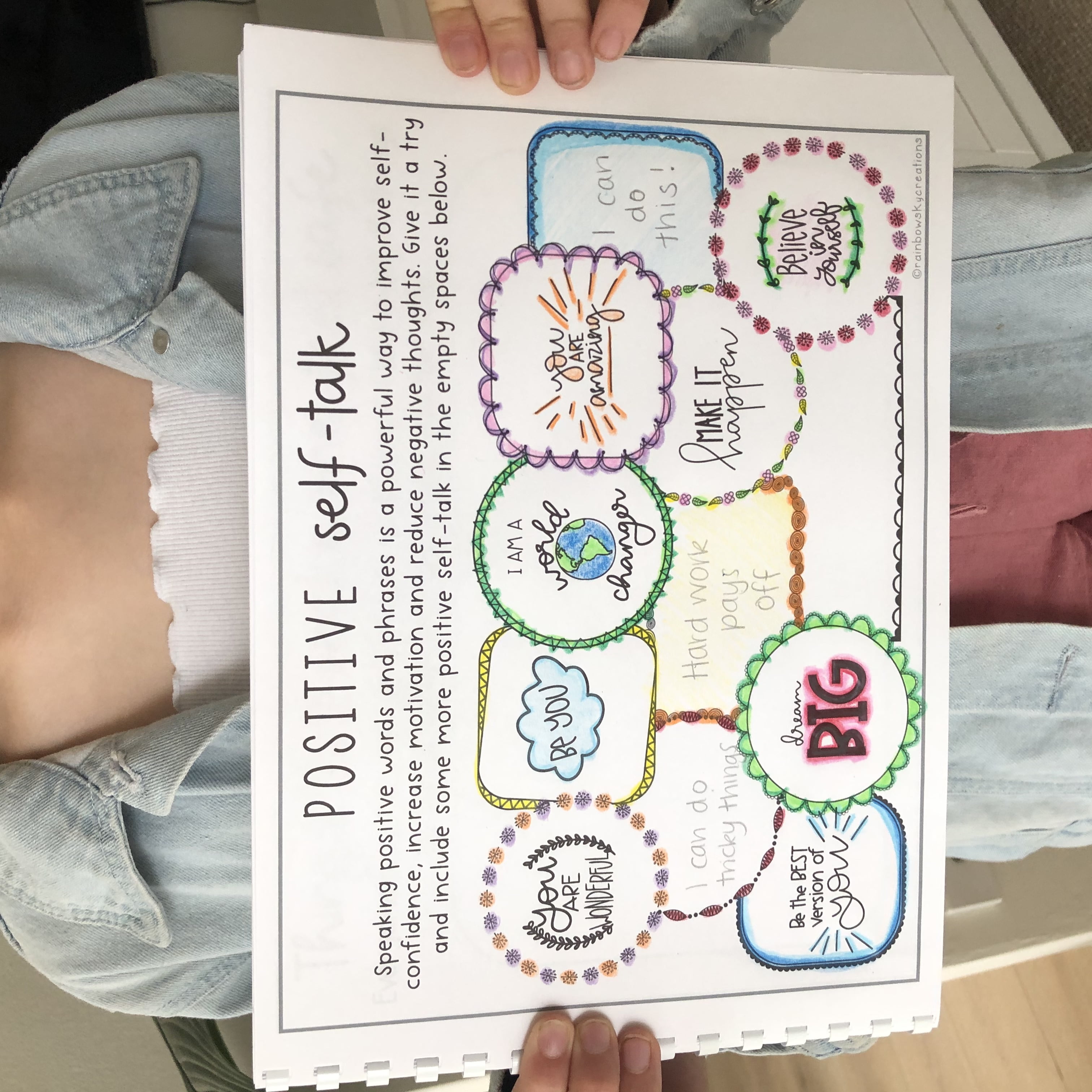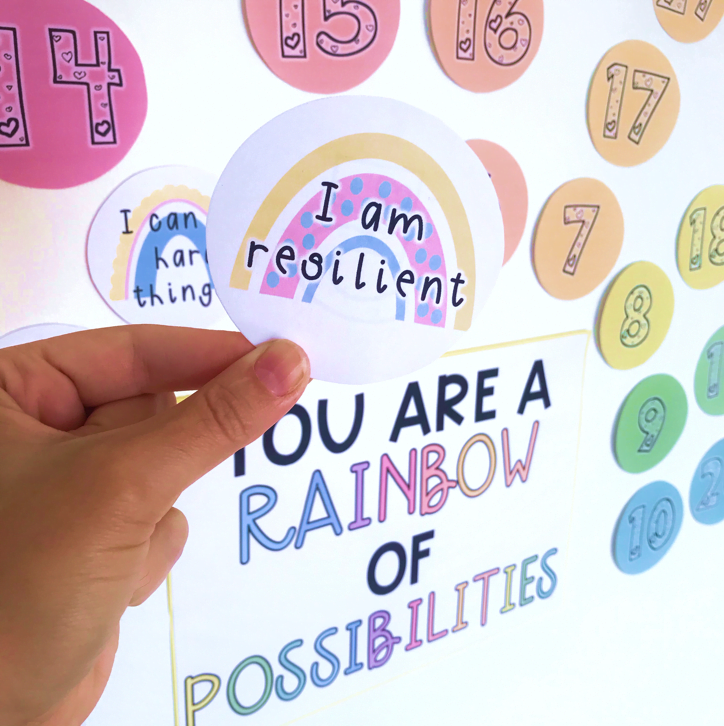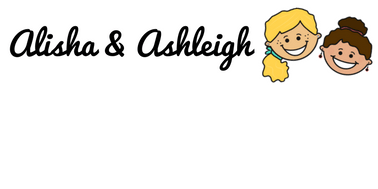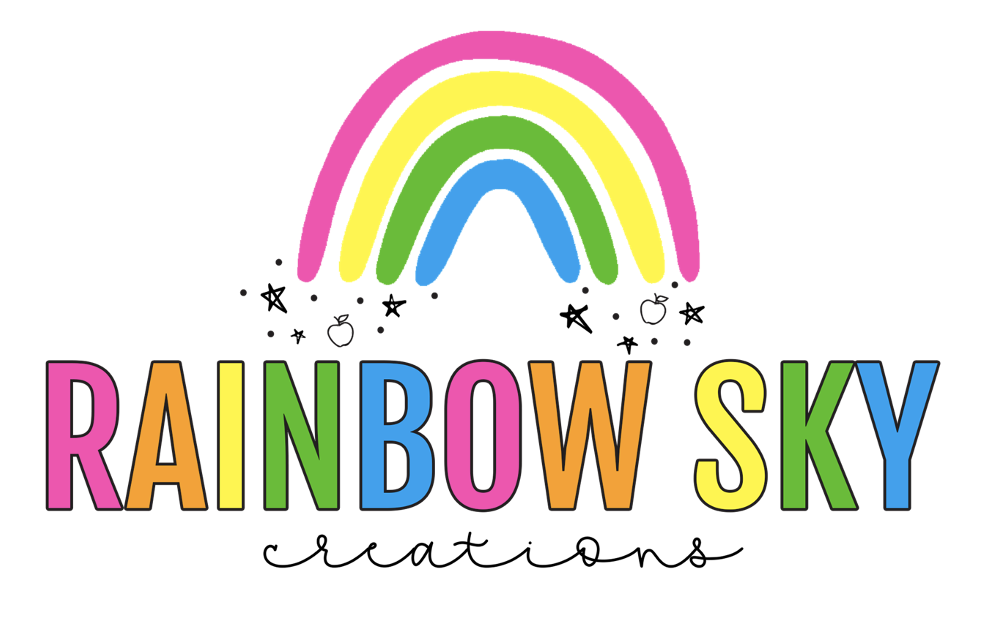Speaking positive words has been proven to be beneficial to one’s wellbeing, so why not impart the benefits onto the students in your care? Through modeling and teaching our students the importance of positivity from within, we are giving them a lifelong gift.
Today we are sharing some actionable ways to include positive language and self-talk in the classroom. They are simple ideas that you can take away and implement with little to no preparation; however, will have a significant impact on your students lives:
· Display positive affirmations in your classroom and refer to them throughout the day.
· Choose an affirmation each day/week to focus on as a class. We suggest placing it in a visible position in your classroom, such as your whiteboard. Make reading out the affirmation part of your morning routine or morning meetings.
· Design questions or journal prompts to use during reading group rotations or during independent writing time For example: Write in your own words what a problem solver does. Can you name a time that you had a problem and solved it? How did you feel?
· Ask students to share quality positive feedback and then ask them to self-reflect and give themselves some positive feedback.
· Dedicate a lesson to the gift of giving compliments to each other to help form a strong classroom community of positive language.
· At the end of the day (doesn’t have to be every day) ask the question of what went well today? Also ask, what didn’t go well today, but encourage the students to share how they solved the situation or how the day got better.
· Choose a positive affirmation and make it your class ‘catchphrase’ for the year. For example, your catchphrase might be “We are unique, we are all important” or “Hard work pays off” – always come back and revisit it in a way that the students almost expect you to say it each day.
· Create a link between the positive language you are encouraging in the classroom and home. You can do this by sending quick emails to congratulate students, notes in student diaries, including your positive affirmation for the week on homework or by using stamps, like these from The Teaching Tools.
· Perhaps most importantly, model positive self-talk with yourself and with the students in your classroom.

We asked some Year 6 students what they like hearing their teacher say to them throughout the day. Here are some of their responses:
I like it when my teacher…
“Encourages me and recognises the highlights of my work”
“Says that my work is good”
“Helps me and makes me confident”
“Checks up on us”
(Year 6 Students from Sydney, Australia)

It is never too late to start building a culture of positive language in your classroom. You may wish to start the year on a positive tone and instill positive learning habits, but if you are reading this halfway through the school year, you can still begin tomorrow by implementing some of these little changes.
If you love the sound of all of this but are a little short on time (aren’t we all!), we have created a resource that encompasses all these principles mentioned above. It is a rainbow display that has been designed for students to speak a positive affirmation aloud for 30 days because we all are a rainbow of possibilities.
This resource includes 30 positive affirmations; journal prompts and a sign to display in your classroom or hallway. Find it here.
What to read next:
10 Habits of a Positive Teacher
